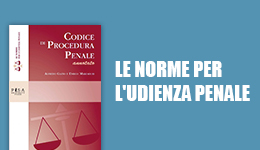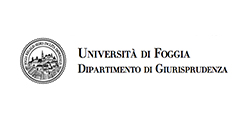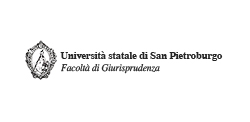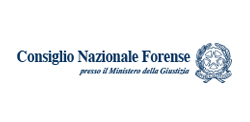Tra le “avanguardie” del diritto penale, grande rilevanza assumono il diritto penale delle società e degli enti, racchiuso all’interno del Decreto legislativo 8 giugno 2001, n. 231, e le istanze di valorizzazione della vittima secondo le declinazioni della cd. restorative justice, enucleate all’interno della Direttiva 201/29/UE: entrambi mirano ad introdurre nel processo soggetti da sempre esclusi – in tutto o in parte – a causa della loro conformazione ed essenza (no soul to be damned, no body to be kicked) o del tra-dizionale ruolo di mero osservatore speciale.
Tale obiettivo necessita, tuttavia, di essere perseguito sviluppando le idee più moderne della dottrina, introducendo le opportune innovazioni, e coordinando al meglio gli strumenti che l’ordinamento già predispone; laddove ciò non avvenga, i rischi che si corrono sono quelli di rendere la societas un capro espiatorio incorporeo ad uso esclusivo del reo, e la persona offesa un vero e proprio “intruso” all’interno delle dinamiche processuali.
Lights and shadows of the Restorative Justice in the process to the institutions
Among the "avant-gardes" of criminal science, the criminal law of companies and legal entities, enclosed within the Legislative Decree 8 June 2001, n. 231, and the instances of valorization of the victim accord-ing to the declinations of the cd. restorative justice, enucleated within Directive 201/29 / EU: both aim to introduce into the process subjects that have always been excluded - in whole or in part - due to their conformation and essence (no soul to be damned, no body to be kicked) or the traditional role of a mere special observer.
This objective, however, needs to be pursued by developing the most modern ideas of the doctrine, introducing the appropriate innovations, and coordinating in the best way the instruments that the sys-tem already provides; where this does not happen, the risks that are run are to make the companies a incorporeal scapegoat for the exclusive use of the offender, and the injured person a real "intruder" within the process dynamics.
Contenuti correlati
- Infortuni sul lavoro - Corte d'ass. d'app. Torino, 28 febbraio 2013, Esphenhahn e altri, con nota di C. Santoriello
- 2013/3 - Pedro R. Torres Estrada, La importancia de la incorporación de protocolos de comunicación entre fiscales, policías y peritos en el nuevo sistema de justicia penal (el caso mexicano). Una propuesta de método para su diseño
- 2012/3 - Dimitar Markov, Organised criminal law group according to Bulgarian penal law
- 2012/3 - Maria Yordanova, Special intelligence means for collecting evidence of organized criminal activity in Bulgaria











